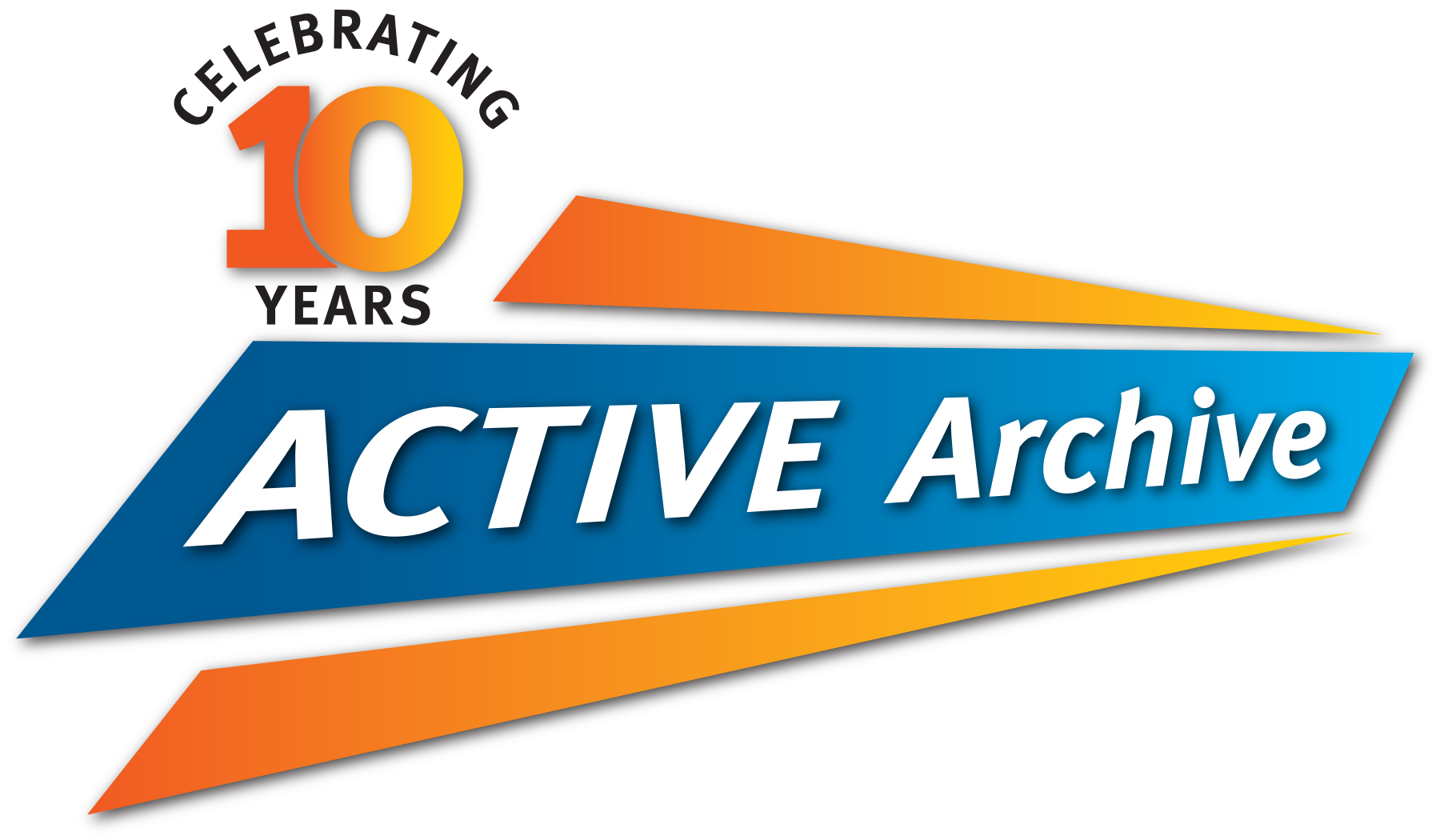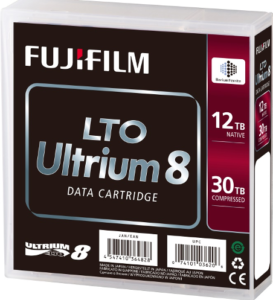Reading Time: 3 minutesBy Kevin Benitez
 I had the opportunity to attend SC18 last month in Dallas. Every year the Supercomputing Conference brings together the latest in supercomputing technology and the most brilliant minds in HPC. People from all over the world and different backgrounds converged this year for the 30thSupercomputing Conference.
I had the opportunity to attend SC18 last month in Dallas. Every year the Supercomputing Conference brings together the latest in supercomputing technology and the most brilliant minds in HPC. People from all over the world and different backgrounds converged this year for the 30thSupercomputing Conference.
As you can imagine, some of the demonstrations were absolutelymind-blowing and worth sharing. For starters, power consumption in data centers is becoming more of a challenge as data rates continue to surge. Fortunately, 3M was live on the trade show floor tackling this issue by demonstrating immersion cooling for data centerswhich has the potential to slash energy use and cost by up to 97%. As this technology continues to evolve,we could see huge gains in performance and in reducing environmental impacts.
The race to dominate quantum computing continues! IBM’s 50-Qubit quantum computer made an appearance at this year’s show. What does it mean to have a computer with 50 qubits working perfectly? (Side note, in quantum computing a qubitis the basic unit of quantum information). According to Robert Schoelkopf, a Yale professor, if you had 50 or 100 qubitsyou could “do unfathomable calculations that can’t be replicated on any classical machine, now or ever.” Although the quantum computer churns out enough computational power to rank within the top ten supercomputers in the world,the device can only compute for 100 milliseconds due to a short-lived power supply.
 StrongBox Data’s flagship product, StrongLink, was demonstrated on the show floor as a way to store and contain the vast amount of data that research universities and laboratories are producing. StrongLinkis a software solution that simplifies and reduces the cost of managing multi-vendor storage environments. StrongLink provides multi-protocol access across any file system, object storage, tape and cloud in a global namespace. Users maintain a constant view of files regardless of where they arestored, which maximizes their storage environment for performance and cost.
StrongBox Data’s flagship product, StrongLink, was demonstrated on the show floor as a way to store and contain the vast amount of data that research universities and laboratories are producing. StrongLinkis a software solution that simplifies and reduces the cost of managing multi-vendor storage environments. StrongLink provides multi-protocol access across any file system, object storage, tape and cloud in a global namespace. Users maintain a constant view of files regardless of where they arestored, which maximizes their storage environment for performance and cost.
Recently the University of Southampton’s Supercomputer Iridis 5 teamed up with StrongLink to get more value out of its data. Oz Parchment, Director of the University’s iSolutions IT support division, commented in March saying: “One wayStrongLink interested us was its cognitive component, the ability to look at and match up metadata at scale, which gets interesting when you combine that with different data infrastructures. Our set up currently includes large-scale tape stores, large-scale disc stores, some of that being active data, some of that being nearline data, some being effectively offline data. But then, by linking these into the [Iridis] framework, which StrongLink allows us to do, we can connect these various data lakes that we have across the research side of the organization, and begin to create an open data space for our community where people in one discipline can look through data and see what kinds of data are available in other communities.“
Never has HPC been more crucial. As we say here at Fujifilm “Never Stop Transforming Ourselves and the World.”
![]()





 I had the opportunity to attend SC18 last month in Dallas. Every year the Supercomputing Conference brings together the latest in supercomputing technology and the most brilliant minds in HPC. People from all over the world and different backgrounds converged this year for the 30thSupercomputing Conference.
I had the opportunity to attend SC18 last month in Dallas. Every year the Supercomputing Conference brings together the latest in supercomputing technology and the most brilliant minds in HPC. People from all over the world and different backgrounds converged this year for the 30thSupercomputing Conference. StrongBox Data’s flagship product, StrongLink, was demonstrated on the show floor as a way to store and contain the vast amount of data that research universities and laboratories are producing.
StrongBox Data’s flagship product, StrongLink, was demonstrated on the show floor as a way to store and contain the vast amount of data that research universities and laboratories are producing.